Insights Into Safety in Commercial Roofing
Safety in the commercial roofing industry is paramount, yet it presents numerous challenges that need to be continuously addressed. With the inherent risks associated with working at height, handling heavy materials, and navigating unpredictable weather conditions, the industry sees its fair share of accidents and incidents. Addressing these challenges requires both a deep understanding of safety protocols and a commitment to enforcing them. In addition, staying updated on regulatory standards and adopting the latest safety technologies are essential to creating safer work environments. This blog post explores the various facets of safety that commercial roofing companies must prioritize to ensure the protection and well-being of their workers.
Preventing Falls in Commercial Roofing
One of the most critical aspects of safety in commercial roofing is the prevention of falls, which remain the leading cause of injuries and fatalities in the industry. According to Consumer Affairs, among more than 100 fatal work injuries suffered by roofers in 2022, a staggering 86% were associated with falls, slips, and trips. This alarming statistic underscores the urgent need for effective fall protection systems and practices. Implementing comprehensive safety measures such as harnesses, guardrails, safety nets, and secure anchorage points is vital. In addition, regular training and strict adherence to fall protection guidelines help mitigate risks, protect workers, and foster a safer work environment on every roofing project.
Maintaining Equipment for Commercial Roofing Safety
Equipment maintenance also plays a crucial role in enhancing safety in commercial roofing. Roofers often rely on a variety of tools and machinery that must be regularly inspected and maintained to ensure they are functioning correctly. Malfunctioning equipment can pose significant dangers, leading to accidental injuries or even fatalities. By instituting routine checks and maintenance schedules, companies can prevent potential hazards and ensure that workers are operating in a safe environment.
Providing Training for Commercial Roofing Workers
The implementation of thorough training programs is another vital aspect of promoting safety in the commercial roofing sector. Comprehensive training ensures that every worker is well-versed in safety protocols and can identify potential hazards on the job site. Training should cover the correct usage of safety equipment, emergency responses, and best practices when performing different tasks. Companies that invest in regular safety training not only protect their employees but also contribute to a culture of safety within the industry. Additionally, ongoing education helps workers stay updated on evolving regulations and new technologies, fostering continuous improvement and reducing the likelihood of accidents. This proactive approach ultimately enhances overall job site safety and boosts worker confidence.
Managing Weather Risks in Commercial Roofing
Weather conditions constitute a significant variable that can affect safety on a roofing site. Wind, rain, and extreme temperatures can all contribute to dangerous working conditions. Developing contingency plans and enforcing strict protocols, such as cease-work policies during hazardous weather, is vital. By monitoring weather forecasts and adjusting work schedules accordingly, roofing companies can minimize the risks associated with adverse weather conditions.
Building a Safety Culture in Commercial Roofing
Creating a safety-conscious culture within the organization requires the active involvement of management and employees alike. Safety should be integrated into the core values of the company, with leaders leading by example and fostering open communication about safety concerns. Empowering workers to speak up about potential risks and rewarding safe practices can create a positive feedback loop that reinforces commitment to safety at all levels of the organization.
Ensuring safety in commercial roofing is a multifaceted challenge that demands constant vigilance and proactive measures. From addressing the prevalent risk of falls to maintaining equipment and training workers extensively, numerous strategies can enhance safety outcomes. By incorporating a robust culture of safety and being responsive to changing conditions, the commercial roofing industry can strive towards minimizing accidents and ensuring the well-being of its workers. This commitment not only protects valuable human resources but also strengthens the industry's reputation and operational efficiency.
Prioritizing safety leads to fewer disruptions, lower insurance costs, and increased client trust, all essential for sustained business success.
For expert guidance and reliable commercial roofing services focused on safety and quality, trust McChesney Lueck Roofing, LLC. Contact us today to discuss your project and learn how we can help protect your investment while maintaining the highest safety standards.

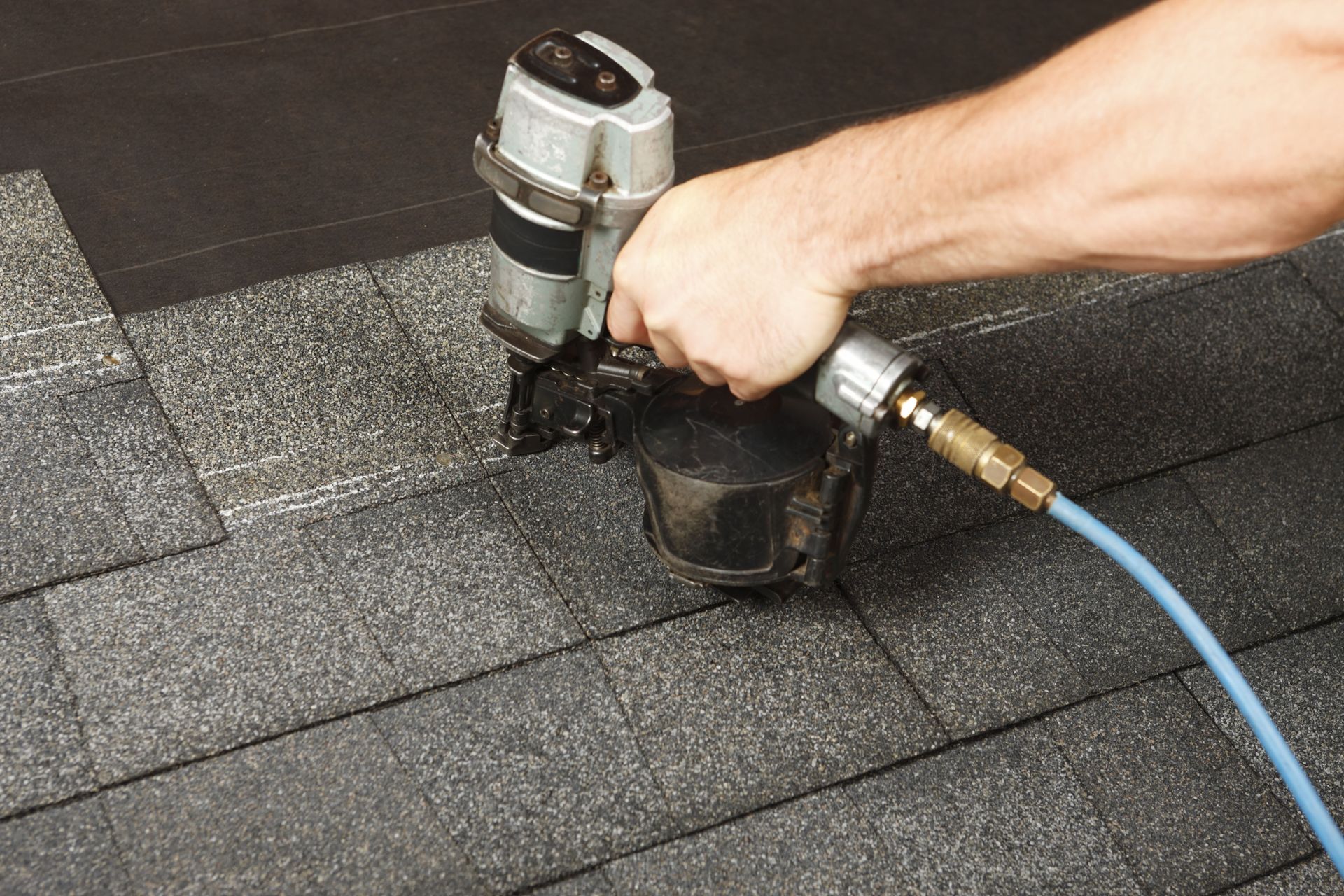
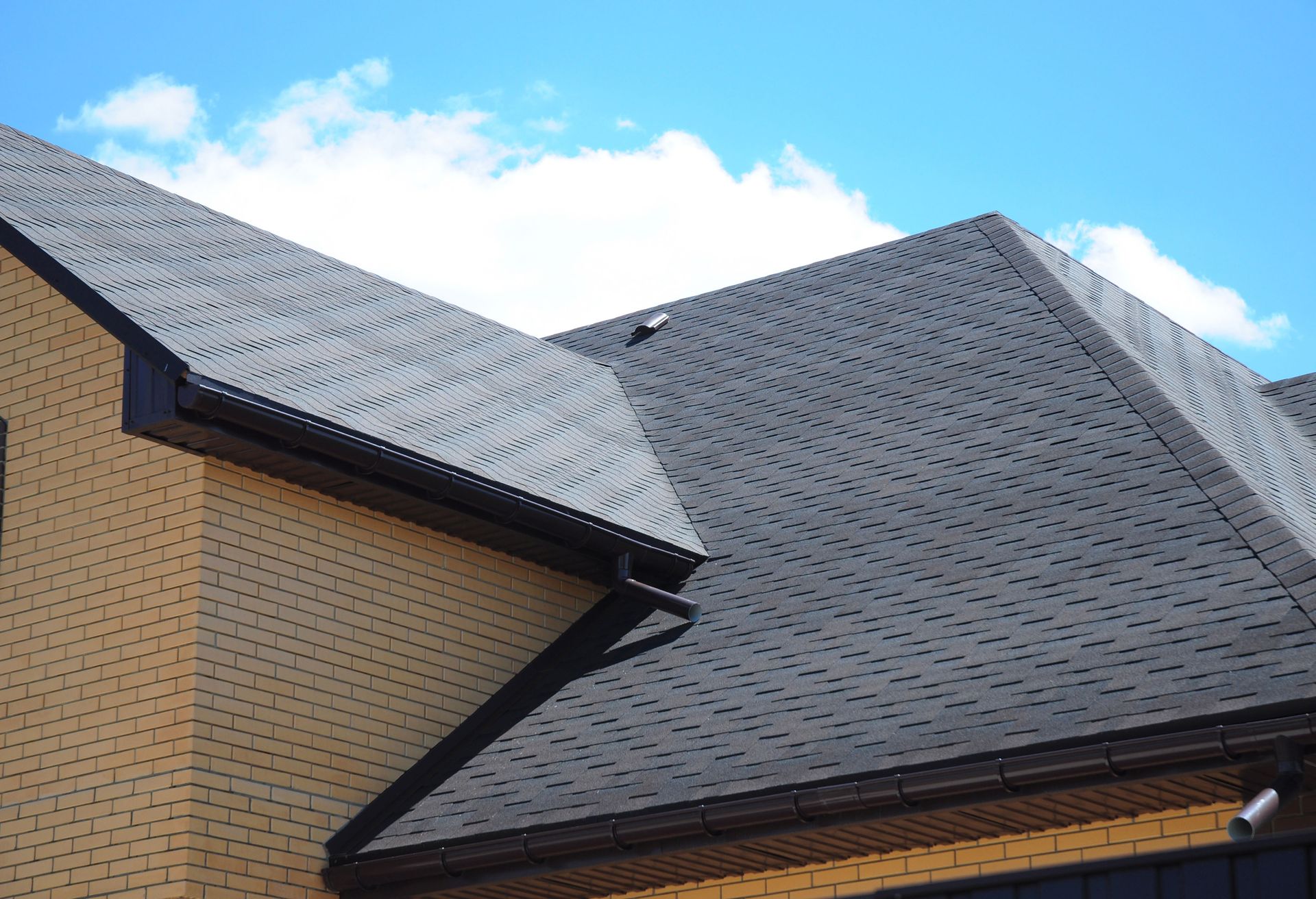
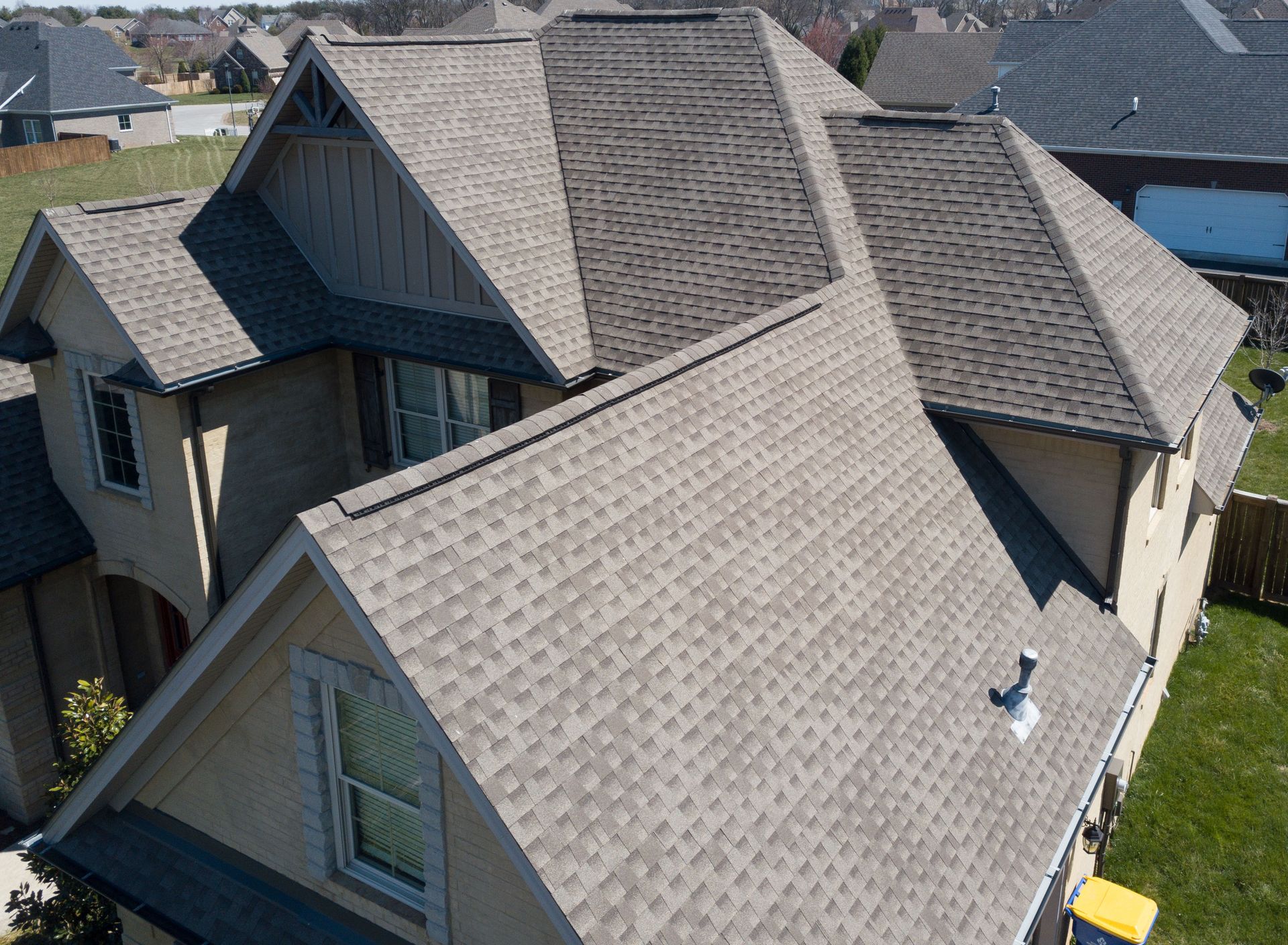
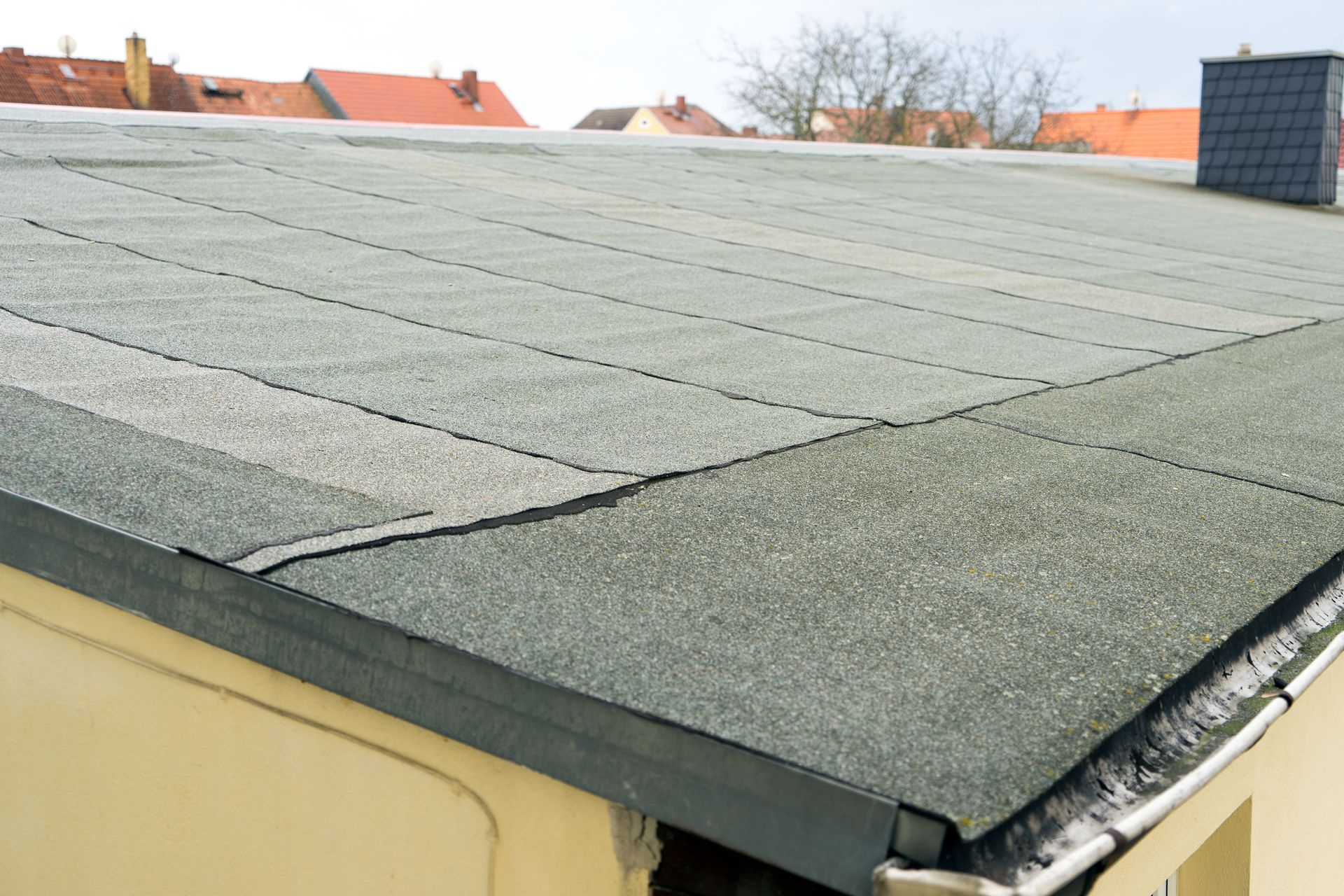
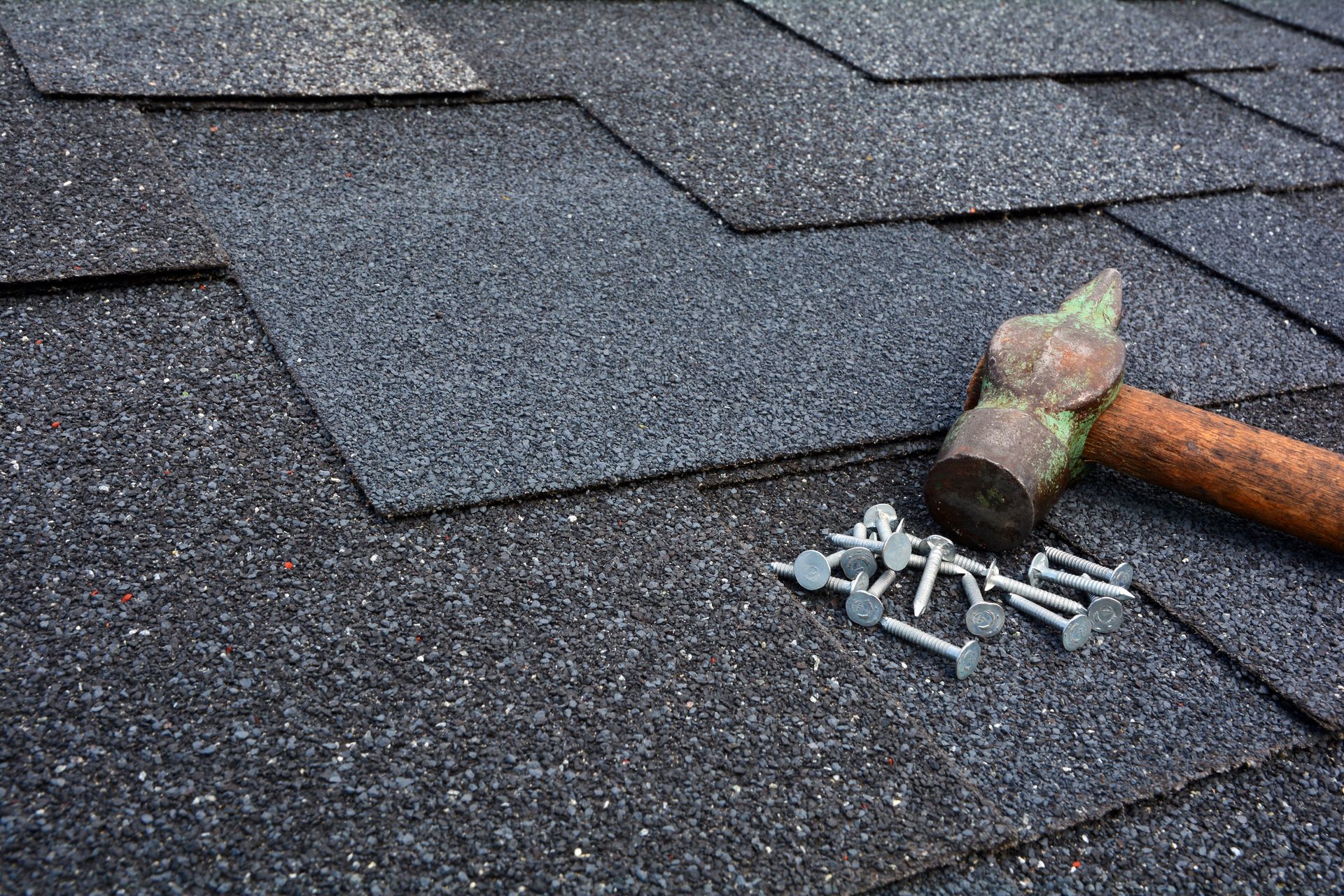
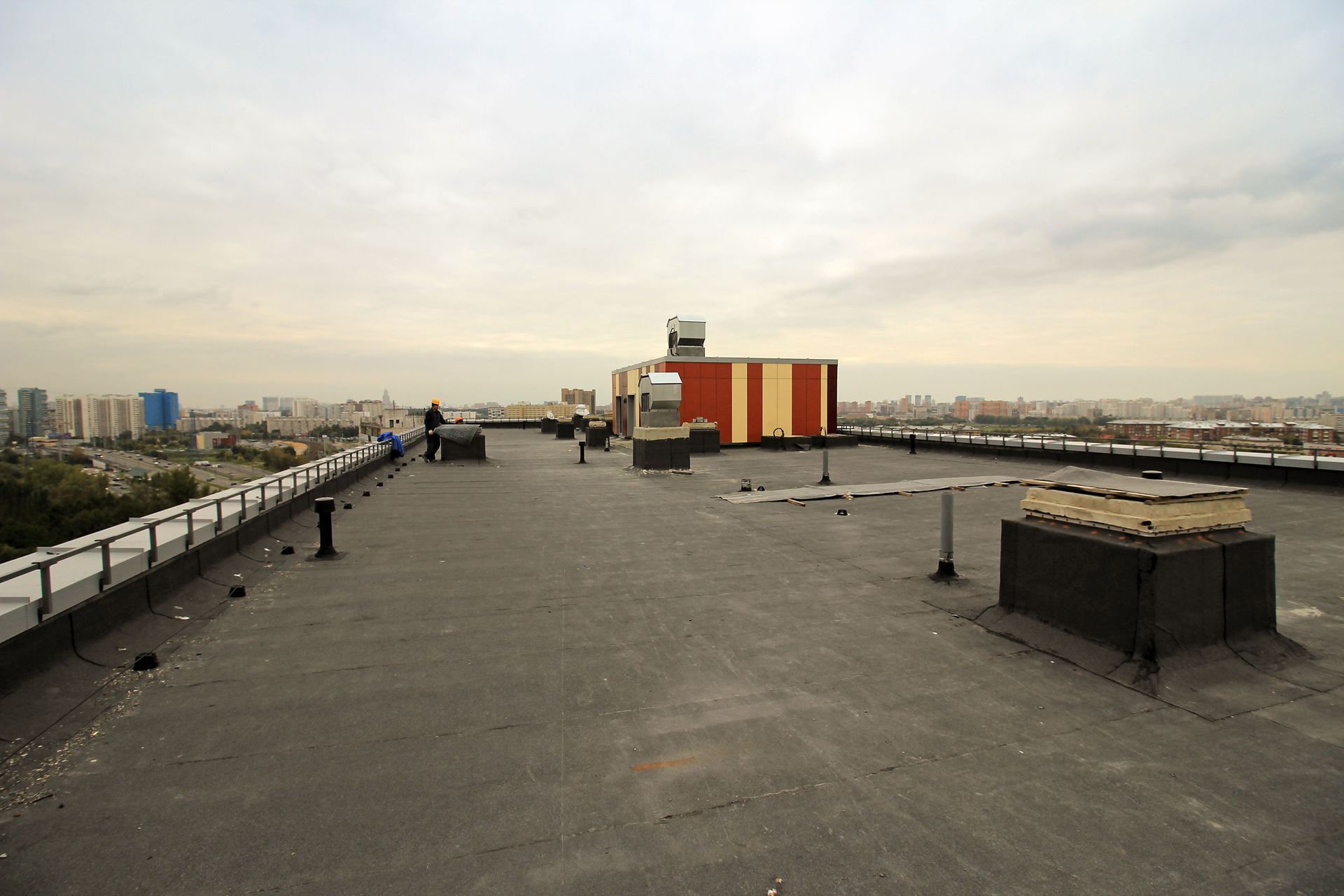
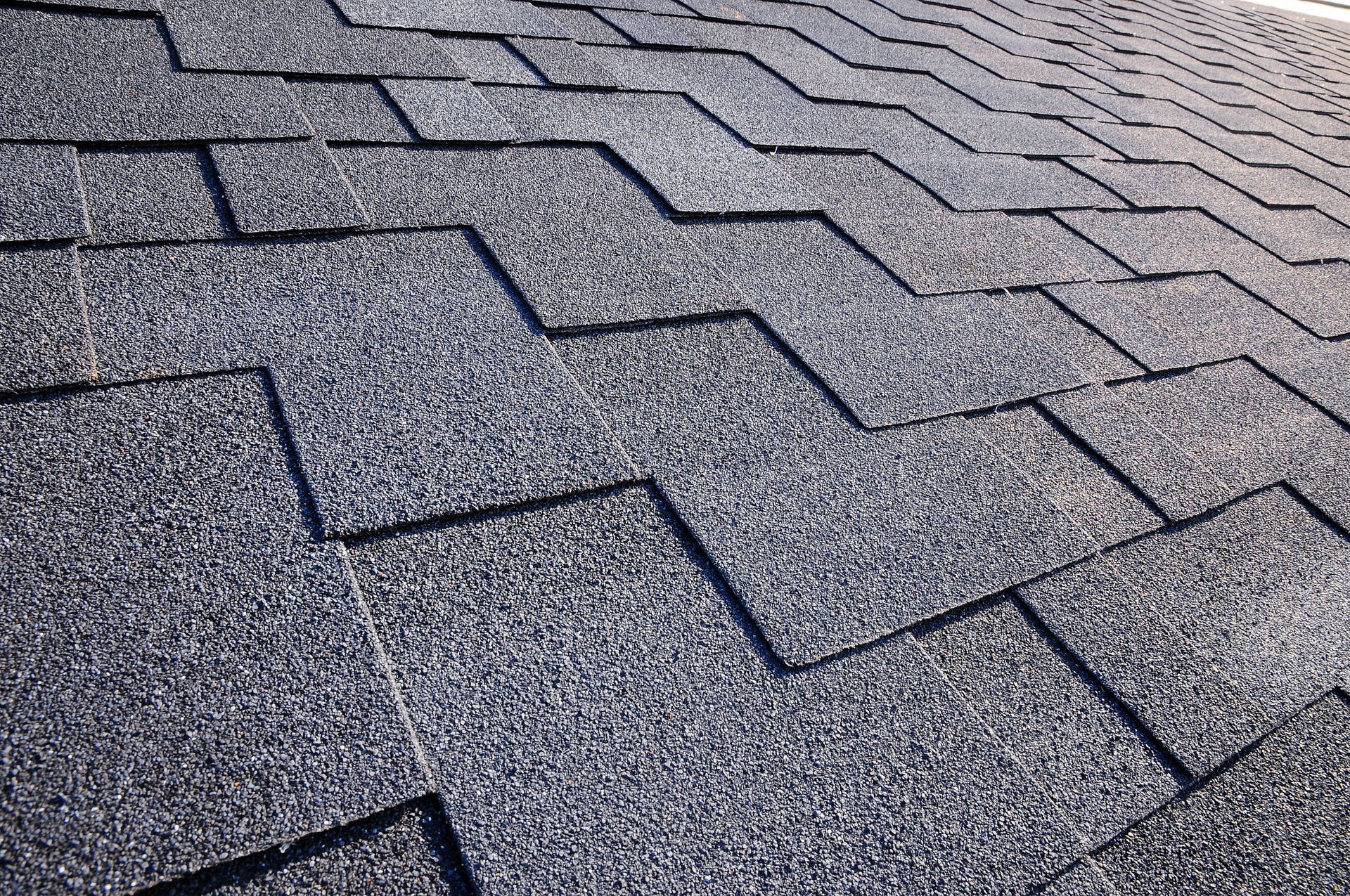
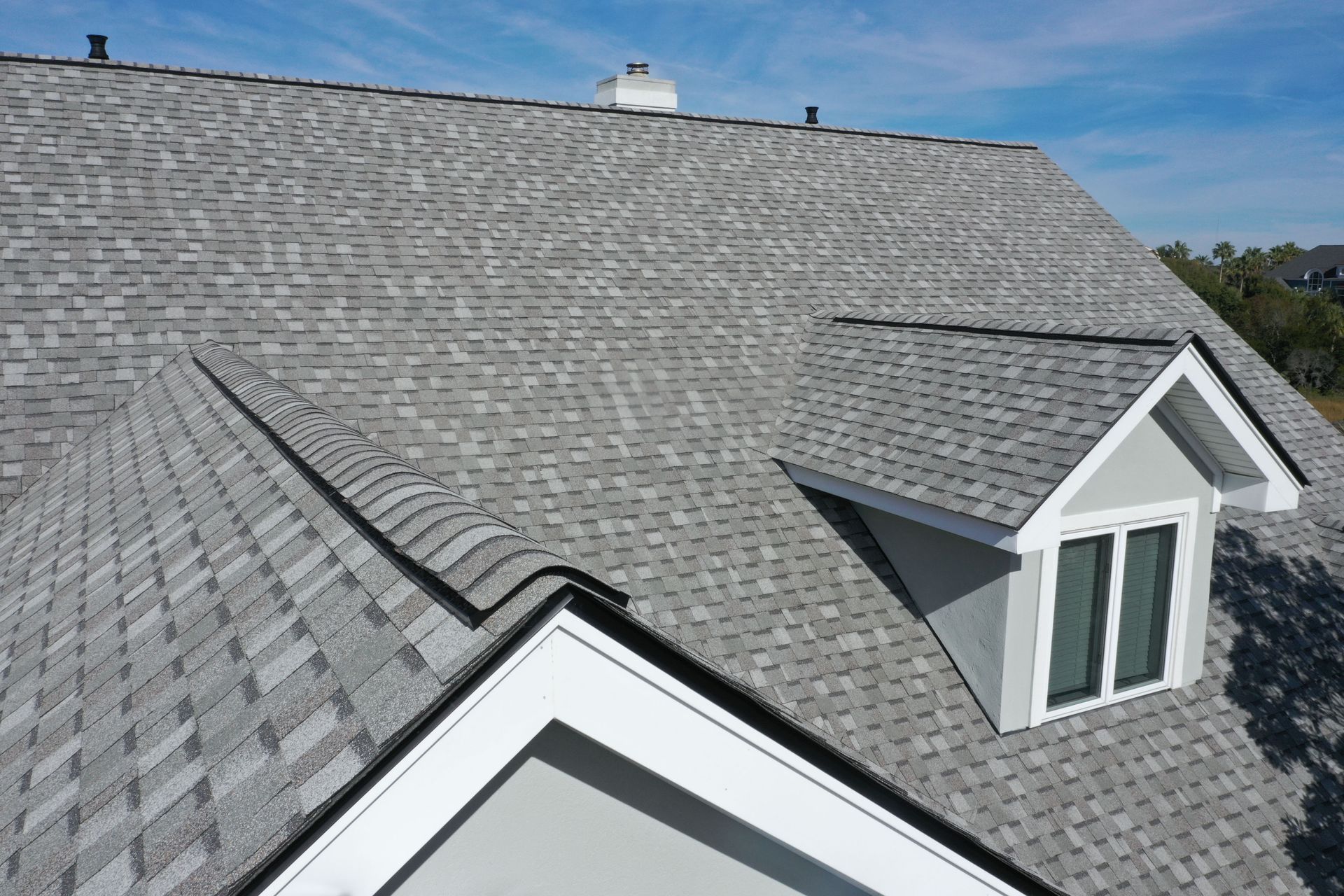
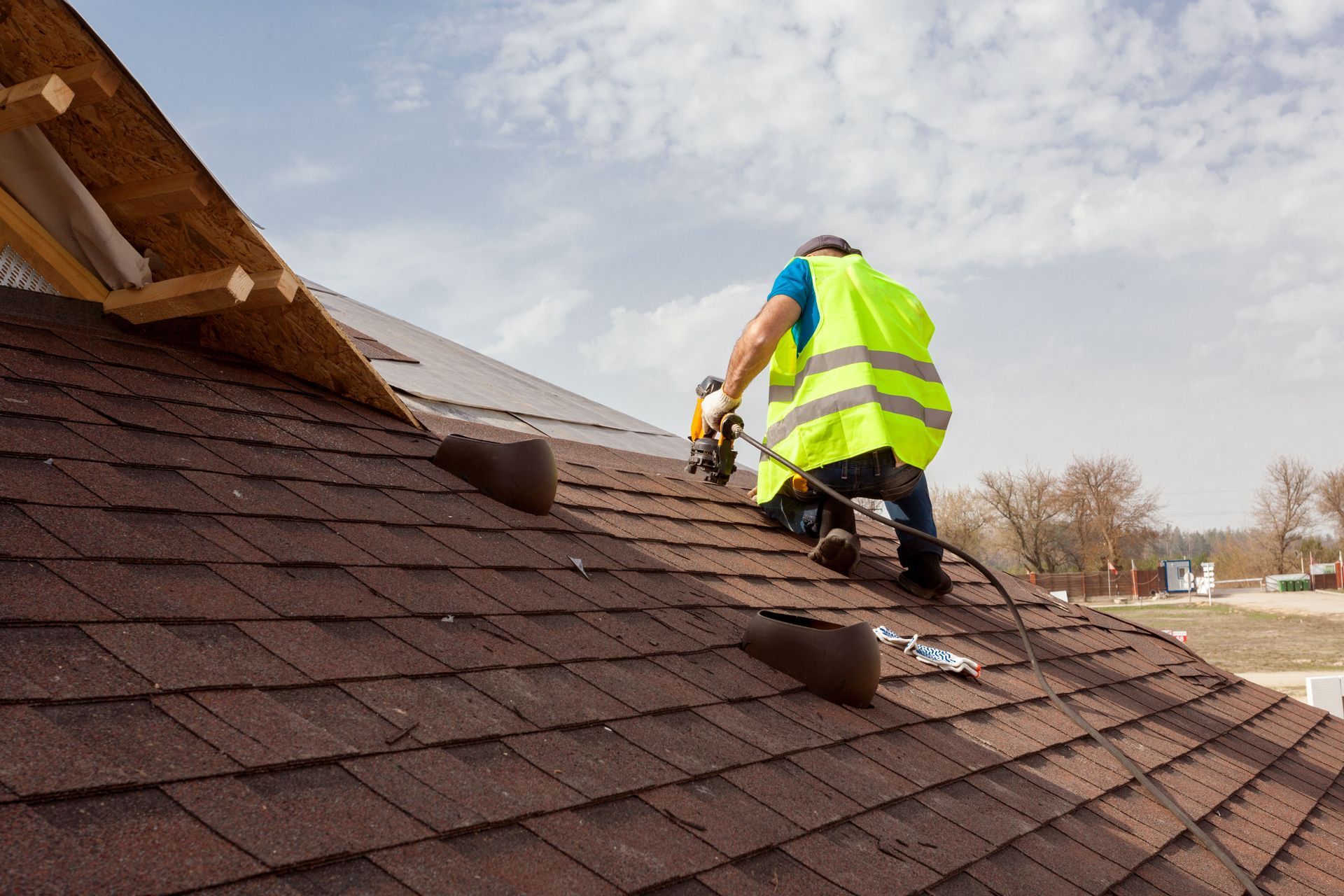
Share On: